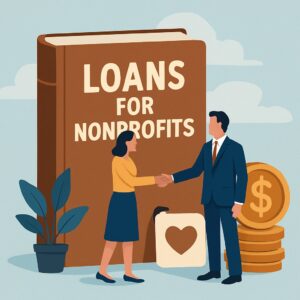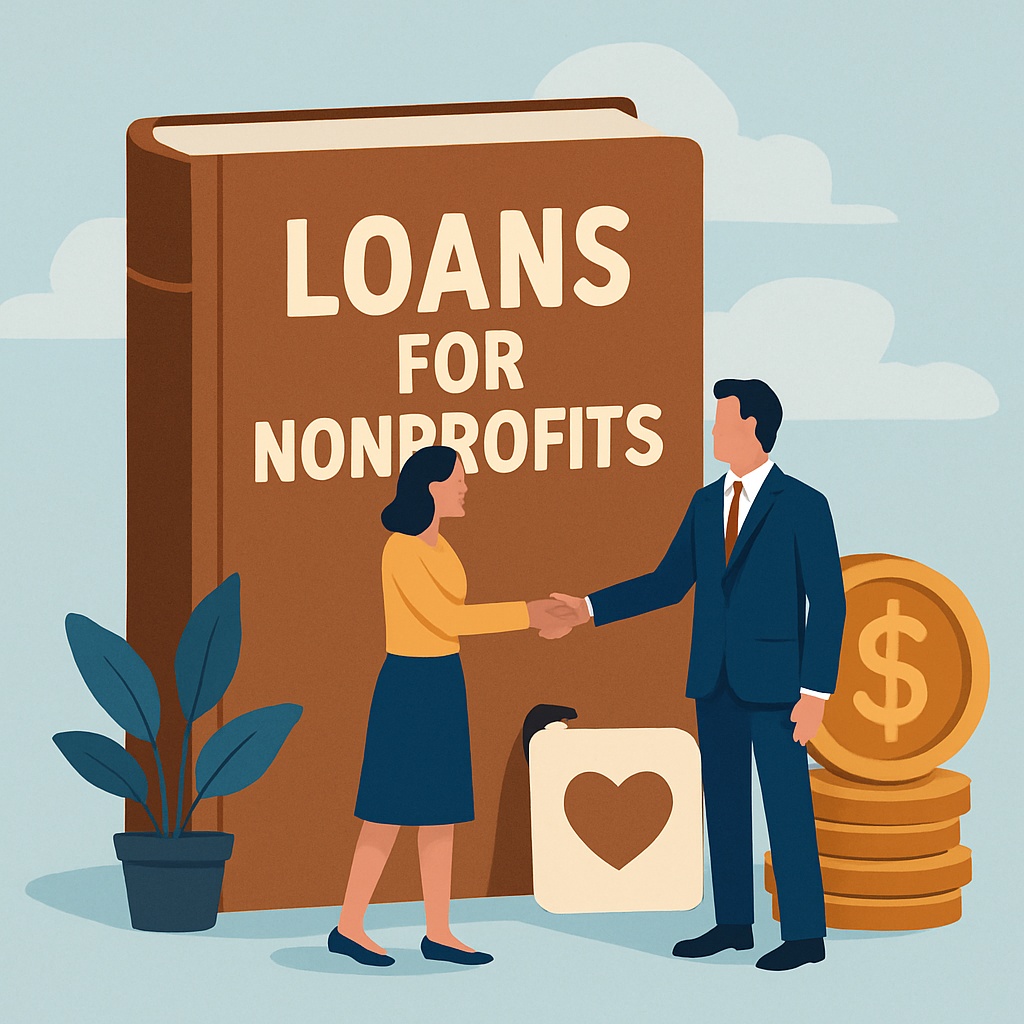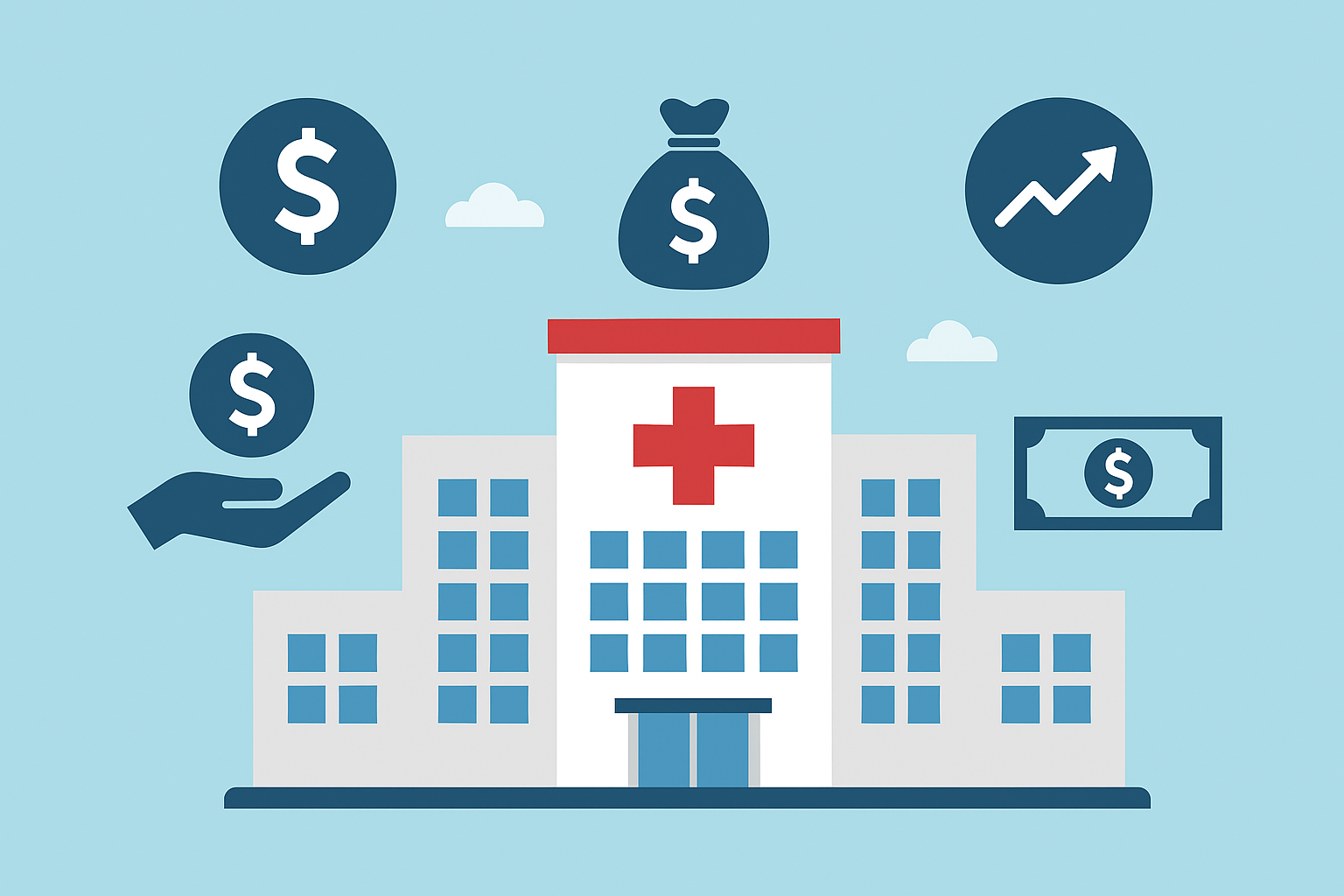Nonprofit Financial Hub

Key Considerations Before Your Nonprofit Borrows
Just because your nonprofit can borrow, doesn’t necessarily mean it should.
That may sound unusual coming from a company that helps nonprofits secure financing, but at B Generous, we’ve learned that responsible borrowing is the foundation of long-term mission success. If we don’t think your organization is a good candidate for a loan—or if we can’t secure you a fair deal—we’ll tell you.
Borrowing can be a powerful tool for nonprofits when used strategically, but it’s not always the right move. Before applying, take time with your leadership team and board to carefully evaluate whether a loan aligns with your mission, values, and financial health. The best time to do this is before you submit an application, not after an offer lands on your desk.
Here are the most important factors to weigh before your nonprofit takes on debt.
Define a Clear Purpose

A loan should be the result of a clearly defined reason for borrowing:
- Is it for operational cash flow during a grant reimbursement cycle?
- To fund a capital project like a new facility?
- To expand programs and reach more beneficiaries?
- Or is it “Just In Case”? Mitigating uneven and uncertain funding can be a valid and prudent reason to secure a loan. After all, the sustainability of your organization is crucial to your mission success.
Every dollar borrowed should serve your mission and support strategic goals. The purpose should be specific, measurable, and time-bound so you can evaluate success after the loan is deployed.
 Assess Repayment Capacity
Assess Repayment Capacity
Every lender is going to examine your ability to repay your loan. So, one of the first questions you should be ready to answer is: Can we pay the loan back? Your organization should:
- Review current and projected cash flows.
- Stress-test your budget under best-case and worst-case scenarios.
- Identify potential risks, such as delayed grants, seasonal donation swings, or economic downturns.
Borrowing can be a smart bridge to greater impact, but only if your repayment plan is realistic and achievable.
Understand the True Cost of Borrowing
Look at not only the interest rates but also fees, charges, and other related costs. Understand the total cost over the life of the loan and ensure it’s feasible within the budget. Interest rates are only part of the picture. Consider:
- Origination fees
- Closing costs
- Prepayment penalties
- Covenant restrictions
Also, remember that the cheapest loan is not always the best. A slightly higher rate from a flexible, mission-aligned lender may be worth more than a lower rate from an inflexible one. Think about the long-term relationship, not just the short-term cost.
Review Loan Terms and Conditions
Scrutinize:
- Loan duration
- Repayment schedule (monthly, quarterly, annually)
- Flexibility provisions (can you prepay without penalty?)
- Triggers for default
Nonprofits often face unpredictable funding cycles. A lender that understands this and provides flexibility can be a crucial partner.
Evaluate Lender Reputation
Not all lenders understand nonprofits. Some may impose terms that work well for businesses but poorly for mission-driven organizations. Seek lenders that:
- Have experience serving nonprofits
- Offer tailored products (e.g., cash-secured loans, faith-based financing, or bridge loans)
- Value long-term partnership over transactional relationships
At B Generous, we only work with socially conscious lenders who understand nonprofit challenges and opportunities.
Clarify Collateral Requirements
Many nonprofit loans require collateral such as real estate, equipment, or even restricted cash. Before agreeing, ask:
- Are we comfortable pledging these assets?
- What happens if repayment becomes difficult?
For organizations with limited hard assets, explore unsecured or cash-secured options designed specifically for nonprofits.

Consider Stakeholder Impact
Depending on the size of the loan you may need or want to discuss the decision with major stakeholders, including donors, board members, staff, and beneficiaries. Borrowing might have implications for the organization’s reputation or future fundraising efforts. You should be prepared to demonstrate to stakeholders the need for the loan and the benefit to the mission such as strengthening your ability to deliver programs or ensuring the longer-term sustainability of your organization.
Align with Long-Term Financial Strategy
A loan should fit into your organization’s larger financial roadmap. Does it:
- Support sustainability, not just survival?
- Complement other funding sources like grants and philanthropy?
- Position your nonprofit for growth five or ten years down the line?
- Provide a short-term bridge that gets you to new sources of funding?
Check Legal and Regulatory Compliance
Ensure borrowing doesn’t conflict with:
- Your bylaws
- Board resolutions or donor restrictions
- State and federal regulations governing nonprofit debt
Your legal counsel or finance committee should review any agreement before signing.
Conduct a Risk Analysis
Every loan carries risk. You should analyze potential risks, such as shifts in the economic environment, changes in funding landscapes, or unforeseen organizational challenges, which might impact your ability to repay the loan.
Prioritize Transparency and Accountability
Borrowing decisions should never be made behind closed doors. Keep stakeholders informed about:
- Why you’re borrowing
- How funds will be used
- How repayment will be managed
Transparency fosters trust and strengthens relationships with donors, staff, and partners.
Seek External Advice
You don’t have to go it alone.
- Consult with financial advisors or nonprofit finance experts.
- Learn from peer organizations that have borrowed successfully.
- Ask lenders detailed questions before committing.
B Generous has guided thousands of nonprofits through this process and can help you assess whether borrowing is right for you.
Build a Contingency Plan
Hope for the best—plan for the worst.
- What if the project you funded doesn’t generate the expected revenue?
- What if a major donor delays a pledge?
- What’s Plan B if repayment becomes strained?
- What if your loan application is declined?
A strong contingency plan protects both your mission and your reputation. Even if your application is not successful there are a series of steps you can take (link to decline blog)
B Generous Insights
At B Generous, our mission is to expand access to capital for nonprofits. But that doesn’t mean borrowing is always the answer. Borrowing is highly effective when done strategically, with careful planning and the right partners. It’s not suitable if your organization lacks the capacity to manage debt responsibly.
Our role is to help you evaluate your options. There is never a cost to apply or speak with us, and we’ll always give you an honest assessment of whether borrowing is in your organization’s best interest.
When used wisely, loans can power growth, stability, and mission impact. When used carelessly, they can create strain and distraction. The difference lies in thoughtful preparation and informed decision-making.


